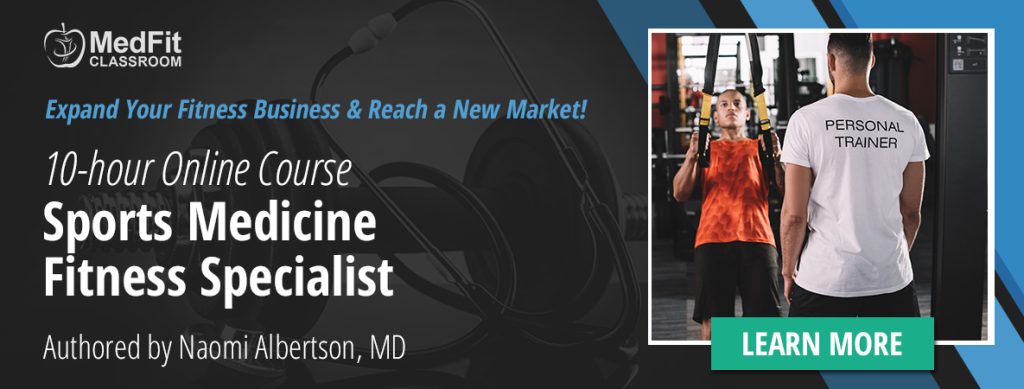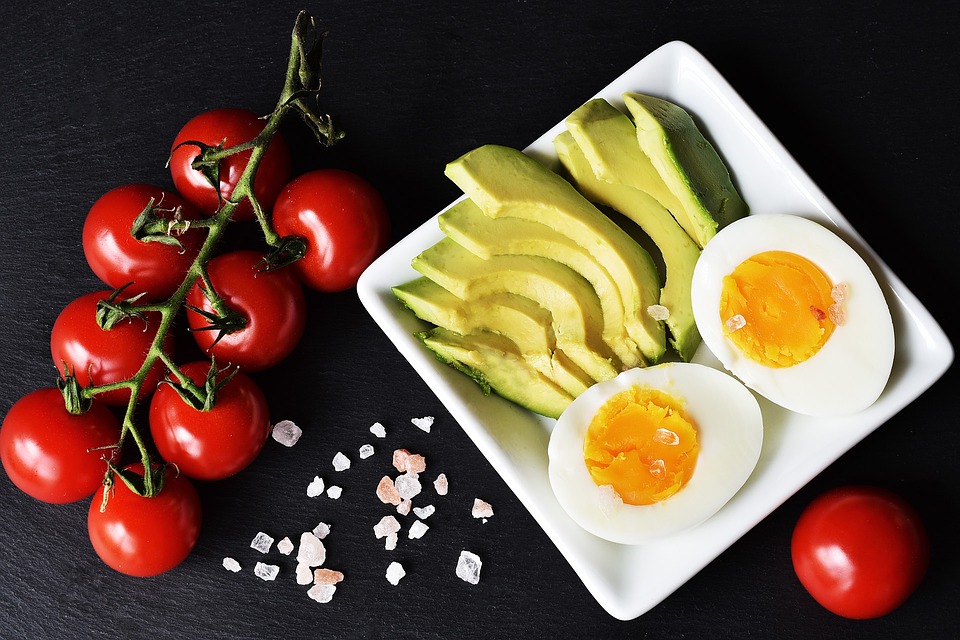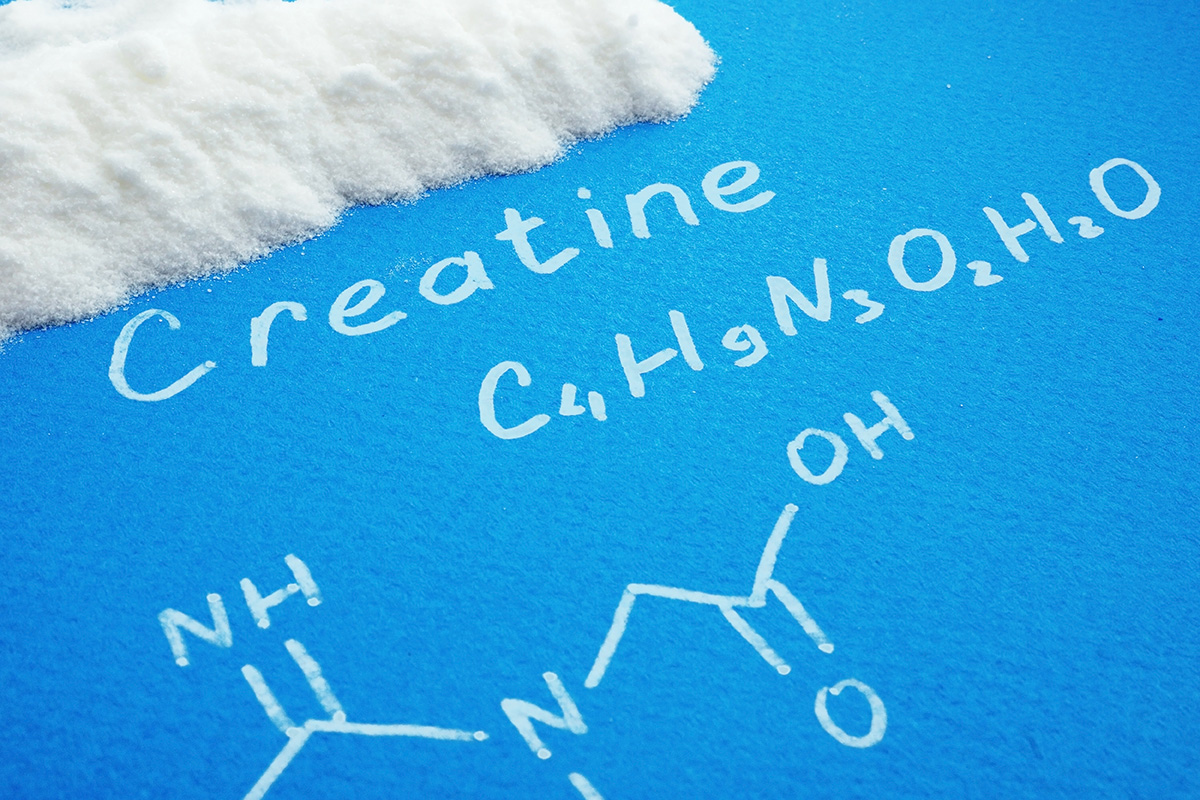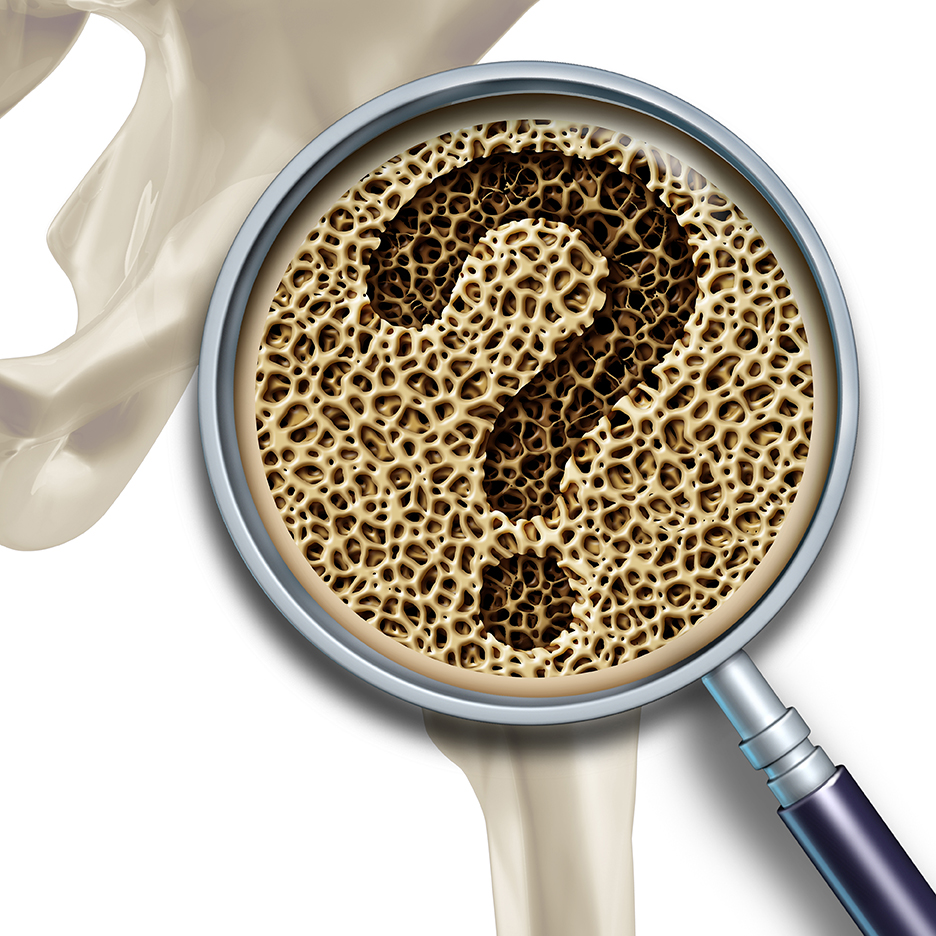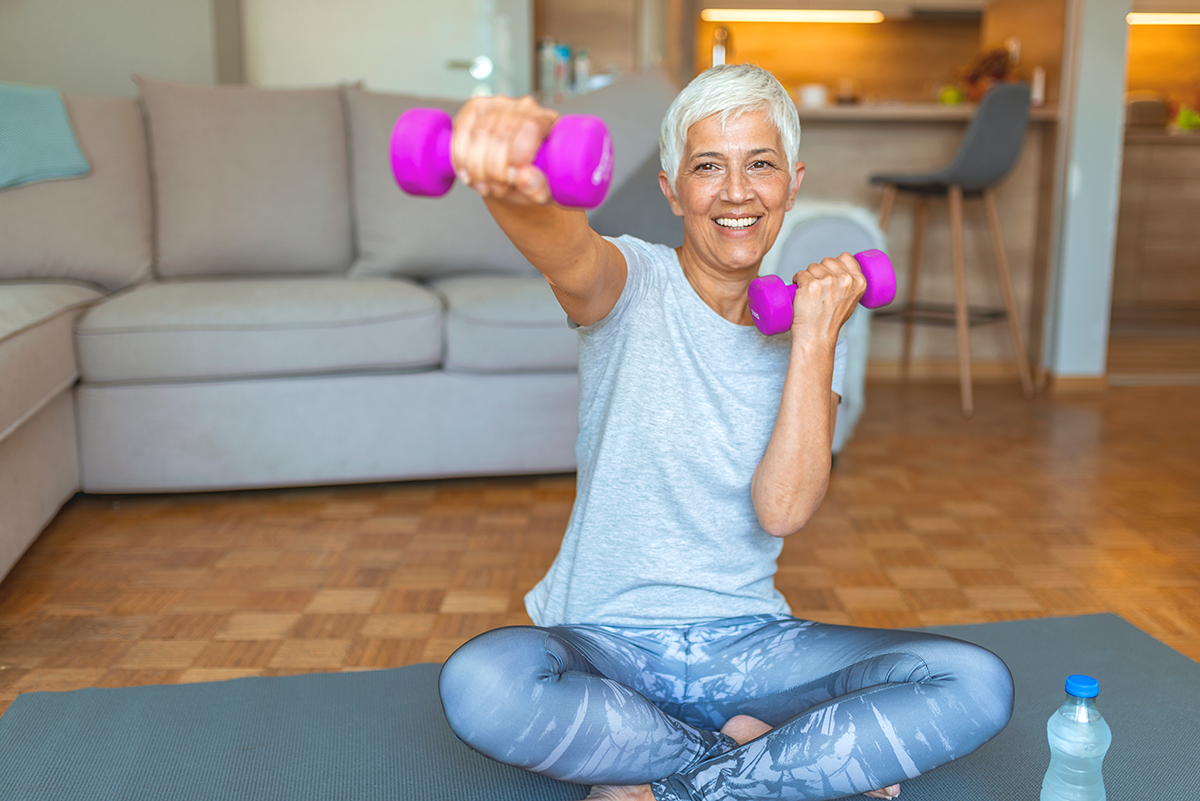The (Current) Truth About Vitamin D
There are more health claims made about vitamin D than perhaps any other vitamin. Media stories touting vitamin D for this ill or that are common, particularly in the age of COVID-19. We’re also frequently told Americans don’t get enough vitamin D, with surveys showing as many of 40% of individuals have below optimal amounts in the blood. So how do we get vitamin D and what claims are true and backed by research? Let’s take a closer look at vitamin D to flesh out what we know for sure and where more research is needed.
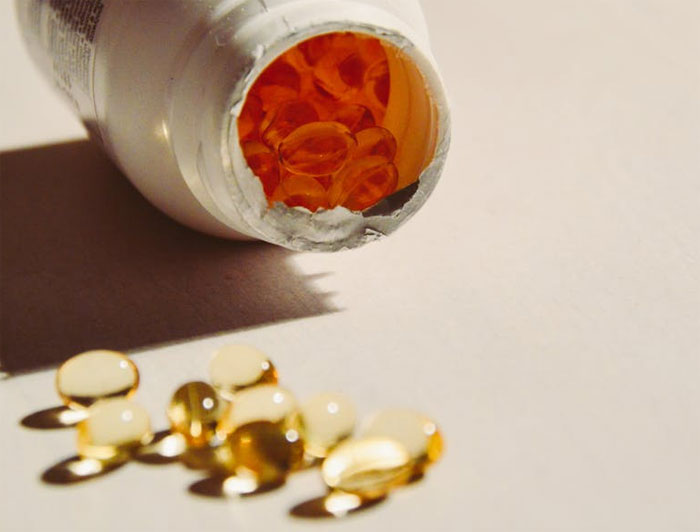
What is Vitamin D and How Do We Get It?
Molecularly, vitamin D is a group of fat-soluble compounds with a four ringed cholesterol backbone. What’s most important to know is that it comes in two forms — as vitamin D2 in food and as vitamin D3 in our skin.
Vitamin D3
Our skin is our primary source of vitamin D, but it begins there as an unorganized and inactive form, requiring UV exposure to convert to usable vitamin D3. Conversion via UV light is exceedingly efficient, and it’s estimated brief exposure of the arms and face is equivalent to ingesting 200 international units day. Conversion varies however with skin type (darker skin converts more), latitude, season and time of day. Infants, disabled persons and older adults often have inadequate sun exposure as well, and the skin of those older than 70 also does not convert vitamin D as effectively. Interestingly, vitamin D also requires temperature to be activated, so you may not get as much of a benefit from sunlight in the winter months as you might expect.
Vitamin D2
Because it is fat-soluble, dietary vitamin D2 is best absorbed with fat in the diet and fish is a common source. Uptake can be negatively impacted by disorders associated with fat malabsorption such as celiac disease, Crohn’s disease, pancreatic insufficiency, cystic fibrosis, short gut syndrome and cholestatic liver disease.
Vitamin D in the Body: What We Know It Does
Once activated and in the bloodstream — either by UV exposure or absorption through the diet — the liver converts vitamin D to 25-hydroxyvitamin D (25[OH]D), and then the kidneys further convert it to 1,25 hydroxyvitamin D, the most active form of vitamin D in the body. For this reason, kidney and/or liver problems can also negatively impact vitamin D levels.
Interestingly, all cells in our bodies have receptors for vitamin D, and this has in part fueled the varying claims as to how it might impact health. What we know for certain is that it helps with calcium absorption in the gut, regulating calcium levels via the kidneys, and regulating parathyroid hormone. Vitamin D’s role in calcium regulation and absorption means it has a direct impact on healthy bone growth and turnover. For this reason, you often see it in calcium supplements.
Research has also shown a clear correlation between Vitamin D and muscle health, including research showing improved lower body strength. Some research has also shown vitamin D can help prevent falls in the elderly.
Notable Areas Where the Jury is Still Out
- Vitamin D has been thought to lower the risk of cancer, but currently, there is insufficient evidence to support this, though there are many ongoing studies.
- There is also insufficient evidence showing that vitamin D helps improve autoimmune conditions and respiratory conditions such as asthma, COPD and acute viral respiratory diseases. In a large study from the UK, no association was found between vitamin D levels and risk of mortality from COVID-19.
- Although low vitamin D levels have been associated with an increased risk of cardiovascular disease in some studies, there is no evidence that vitamin D supplementation improves cardiovascular outcomes.
- Similarly, a growing number of trials examining the effects of vitamin D supplementation on pregnancy and birth outcomes show conflicting results, with some showing reduction in risk of low birth weight, but more data is needed.
Naomi L. Albertson M.D. is Board Certified by the American Academy of Family Physicians and specializes in the non-surgical management of musculoskeletal problems, sports injuries, concussions, and the treatment of osteopenia and osteoporosis.



